Lychees, known for their sweet taste, juicy flesh, and unique aroma, are a beloved tropical fruit enjoyed worldwide. Whether you’re purchasing them from a local market, an online retailer, or picking them fresh from your garden, ensuring their freshness is crucial to experiencing their optimal flavor and nutritional benefits. Fresh lychees offer a burst of vitamins, minerals, and antioxidants that can enhance your health, but stale or overripe ones can be disappointing and even harmful. In this article, we’ll delve into various methods to determine the freshness of lychees, helping you make informed choices every time you buy or harvest these delightful fruits.
Visual Inspection: The First Line of Defense
The most straightforward way to assess the freshness of lychees is through visual inspection. Start by examining the exterior shell, which should be a vibrant red or occasionally a yellowish-green hue for some varieties. A dull, dark, or discolored shell is often a sign of aging or poor storage conditions. Look for any cracks, spots, or mold, as these indicate damage or potential spoilage.
Fresh lychees have a smooth, slightly bumpy texture with a consistent color throughout. Avoid fruits with soft spots or wrinkled skin, as these are indicators of dehydration or overripeness. The stem attached to the fruit should also be green and firm; a brown or dried-out stem suggests that the lychee has been on the shelf for too long.
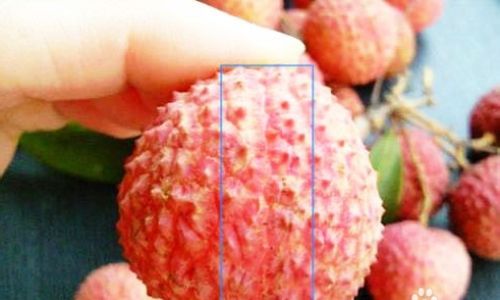
Feeling the Fruit: A Tactile Approach
Touch is another sense you can rely on to gauge the freshness of lychees. Pick up a few fruits and gently squeeze them. Fresh lychees should feel firm but slightly give under gentle pressure, indicating they are juicy and ripe. If they feel overly hard, they might be unripe; if they are mushy or soft, they are likely overripe or starting to spoil.
Additionally, the weight of the fruit can provide clues. Fresh lychees tend to be heavier for their size due to their high water content. Lighter fruits may have lost moisture, signaling they are not as fresh as they should be.
The Aroma Test: Smelling Success
Lychees have a distinct, sweet aroma that is a hallmark of their freshness. Place your nose close to the fruit and inhale deeply. If you detect a strong, pleasant scent, it’s a good sign that the lychee is fresh. On the other hand, a lack of aroma or an off-putting, fermented smell indicates that the fruit is past its prime.
Be cautious of overly strong odors, as they could suggest the presence of chemicals or preservatives, especially if you’re buying from non-organic sources. Trust your nose; a natural, inviting aroma is a reliable indicator of freshness.
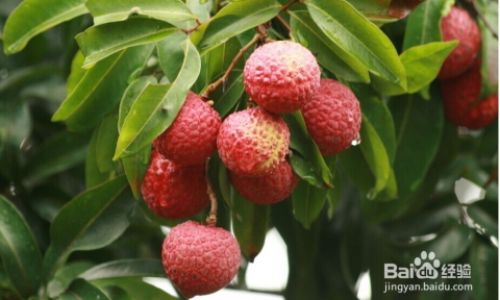
Inspecting the Interior: A More Intrusive but Effective Method
While it’s not always practical to open every lychee before purchase, examining the interior of one or two can provide definitive proof of freshness. Carefully peel away the shell and observe the flesh. Fresh lychee flesh should be translucent, white to slightly pinkish, and juicy. It should snap cleanly when broken and have a consistent texture throughout.
Avoid fruits with brownish or discolored flesh, as this is a clear sign of spoilage. The seed inside should be dark brown and firm; a lighter color or softness can indicate that the lychee has been sitting for too long.
Checking the Packaging and Labels: Important for Store-Bought Lychees
If you’re buying packaged lychees, pay close attention to the packaging and labels. Look for expiration dates, although these can sometimes be misleading if the fruit was not properly stored before packaging. Check for any signs of leakage or condensation inside the package, which could mean the lychees were frozen and thawed or were stored in poor conditions.
Choose packages that are sealed tightly and have no visible damage. Opt for brands with a good reputation and those that specify “fresh,” “organic,” or “locally sourced” on the label. Reading customer reviews can also provide insights into the quality and freshness of the product.
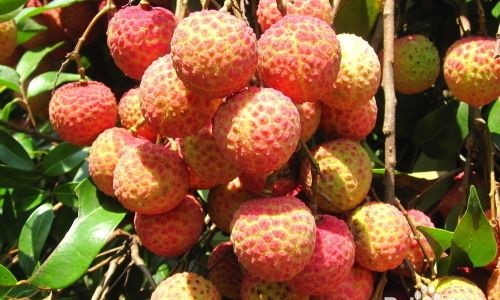
Understanding Seasonality and Storage Conditions
Finally, understanding when lychees are in season and how they should be stored can greatly enhance your ability to select fresh fruits. Lychees are typically available during the warmer months, depending on your location and the region where they were grown.
Once you bring them home, store lychees in the refrigerator in an airtight container lined with paper towels to absorb excess moisture. They should be consumed within a few days for optimal freshness. Avoid keeping them at room temperature for extended periods, as this accelerates ripening and spoilage.
Conclusion
Determining the freshness of lychees involves a combination of visual inspection, tactile assessment, aroma testing, and sometimes a peek inside. By paying attention to these details, you can ensure that you’re enjoying the best possible quality of this exquisite fruit. Remember, fresh lychees are not only a delight to taste but also a treasure trove of nutrients that can benefit your health. So, the next time you’re in the market for lychees, apply these tips to make the most informed and satisfying choice. Happy eating!
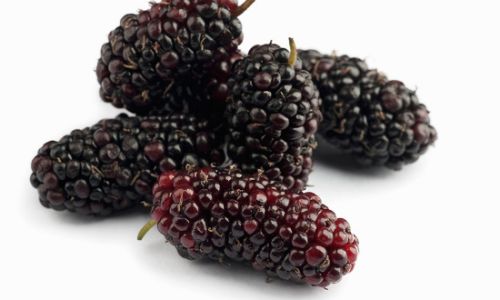
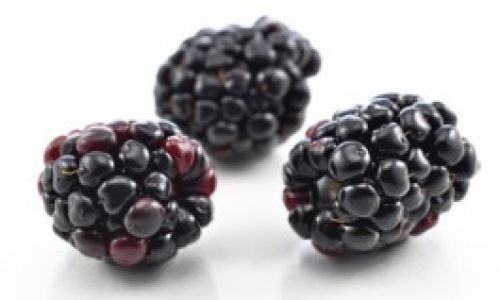
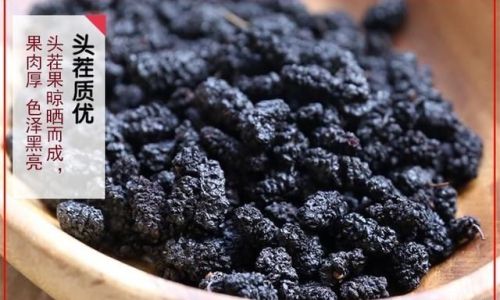


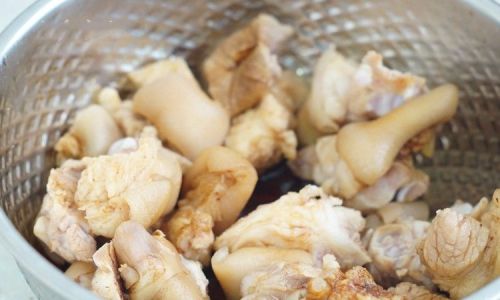
0 comments